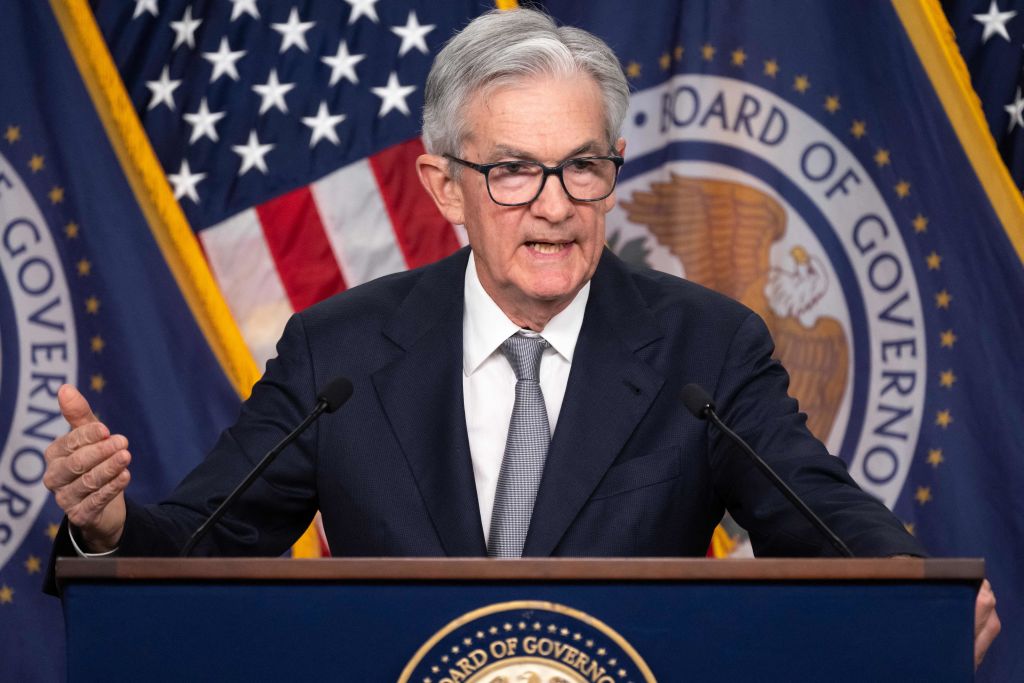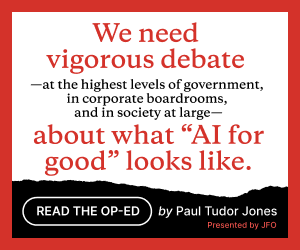Another interest rate decision from the Federal Reserve will come and go this afternoon, and economists aren’t expecting a cut.
But more than any other meeting this year, Wall Street believes the first rate cut since early 2020 could be coming in the next meeting, scheduled for September. The Federal Funds Rate is currently at 5.25 – 5.5%.
Rising prices continue to cool, and, even as the labor market continues to surprise, it certainly seems to be slowing from its manic pace in 2023. Weakened consumer spending is another warning sign that policymakers could overshoot a soft landing and stumble into a recession.
So the statement released by the Federal Open Market Committee today and the news conference held afterward by Chair Jay Powell will be — and stop us if you’ve heard this before — sharply scrutinized by investors for signs that the Fed is gearing up for a cut.
Economists appear to have made up their minds for the moment. According to CME Group’s FedWatch tool, none of their survey respondents currently believe the Fed will hold rates steady in September. More than 80% believe the U.S. central bank will cut rates by 25 basis points, and a smaller pool thinks it could cut by 50 bips.
The extent to which that holds will revolve around Powell’s presser. If the Fed chair acknowledges the FOMC Is close to making a move here, September is the obvious choice. If Powell hedges and warns and cautions against hubris ad nauseam, that certainty will fade.
Speaking of the fall: September is the last time the Fed could start cutting rates before the general election in November.
The timing is fraught. Few policymakers actually believe the Fed would make a decision about the timing of a rate cut based on electoral politics — and Powell has been adamant on this point — but that hasn’t stopped Republicans like Rep. Andy Barr (Ky.) from continuing to warn the Fed that a September cut could be perceived as political.
What happens after a rate cut? In economic terms, nothing immediately. But stocks and consumer sentiment could surge with the hope that inflation is quashed, which is a good look for an incumbent vice president like Kamala Harris. In the months following, the price of borrowing will get less expensive, making it easier for consumers to afford mortgages and car payments.
That won’t stop Republicans from attacking the Biden-Harris administration and the inflation of the last three years, which has been a real burden on many, many people. But a rate cut will take the wind out of the sails of those attacks.





